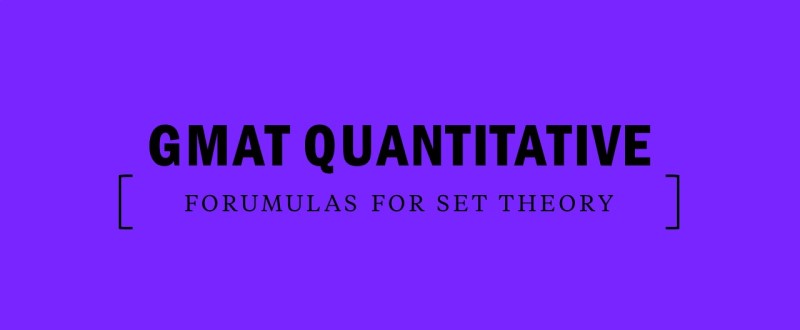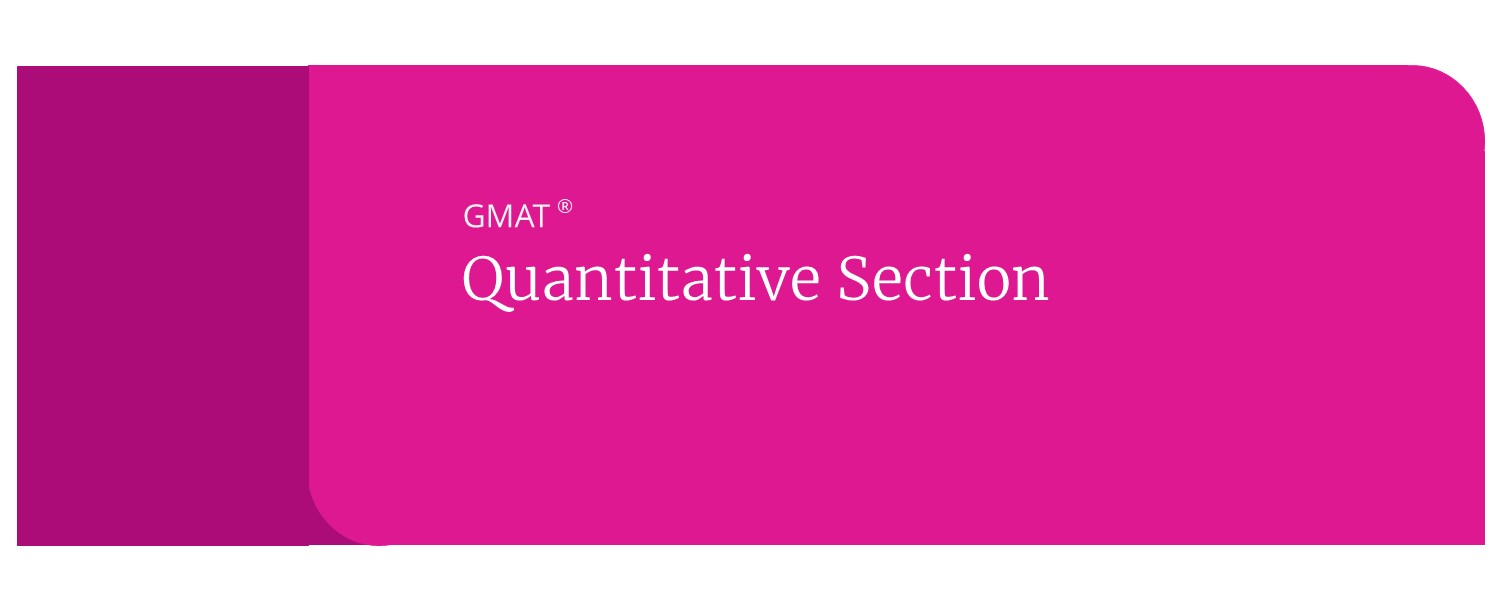Spotting Common Critical Reasoning Flaws on the GMAT
As we’ve seen, flaw questions on the GMAT follow predictable patterns: the flaw always in some way addresses either how the evidence is being interpreted to lead to the conclusion, or how the evidence was obtained. Let’s take a look at a few specific examples of common GMAT flaws.
Real Numbers v. Percentages
There are actually two major flaws here, and we’ll look at the one that ISN’T the title of this sub-section first, just to get it out of the way: the evidence isn’t sufficient to support the conclusion. The conclusion is about the “interest” of executives in “programs that promote leave options for personal reasons,” but the evidence only discusses percentages of executives who were involved in one specific program. Drawing a conclusion about programs in general based on that evidence is unsound. Also, participation alone is not necessarily indicative of the interest in the programs; maybe people ARE interested, but just haven’t had new babies in their families.
The more standard flaw here, though, is the “real numbers versus percentages” issue. Evidence is presented about percentages, and based on that evidence, a conclusion is drawn about quantity. But the conclusion is flawed: what if there are 100 male executives at Company X, and 200 female executives? In that case, there would be 15 male executives taking Family Leave, and 20 female executives; since 20 is clearly more than 15, the conclusion would not be properly drawn in that case. We can see, then, that percentage evidence alone is not sufficient to support a conclusion regarding “real number” quantities.
Causation v. Correlation
The issue here is that there is a correlation between two occurrences (the increased lifespans of married men and the decreased lifespans of married women) and the argument inappropriately assumes that there must be a causal link between those occurrences. Whenever you see an argument that presents two events—let’s call them X and Y– that occur together, and that then concludes that one event, X, must be causing the other event, Y, you should look for the possibility that Y in fact causes X, or that some outside factor, Z, is causing both X and Y.
Necessary v. Sufficient
Now, I know we’ve seen a lot of necessary/sufficient issues in past discussions, but in flaw questions, the application is simpler. The correctly-identified flaw here would be that the argument takes a condition that is necessary for achieving the goal of completing the hike, and has treated it as though it is sufficient. Good boots are necessary; without them, Drew couldn’t make the hike. But are they ENOUGH? What if Drew has a horrible virus and can’t even get out of bed, let alone go for a 47-mile hike? The boots are not, by themselves, SUFFICIENT to ensure success on the hike. As a reader, be on the lookout for arguments that don’t differentiate between necessary and sufficient conditions.




